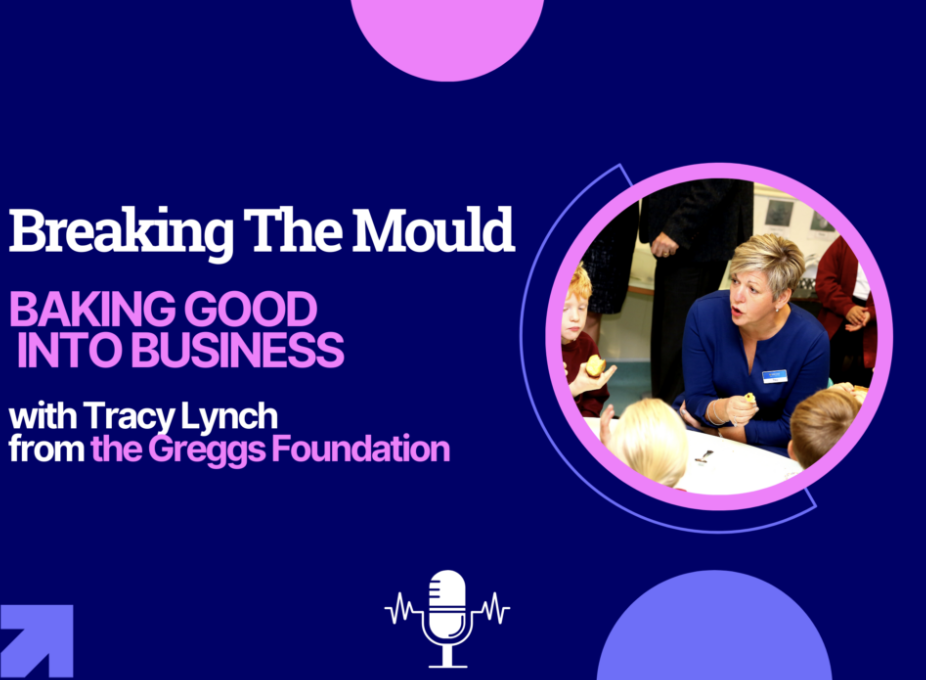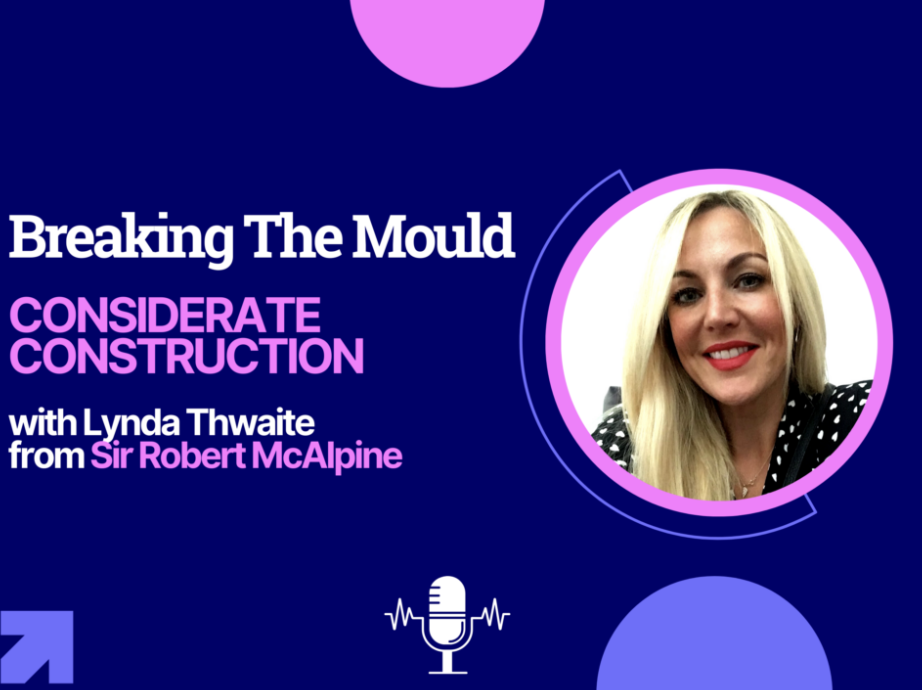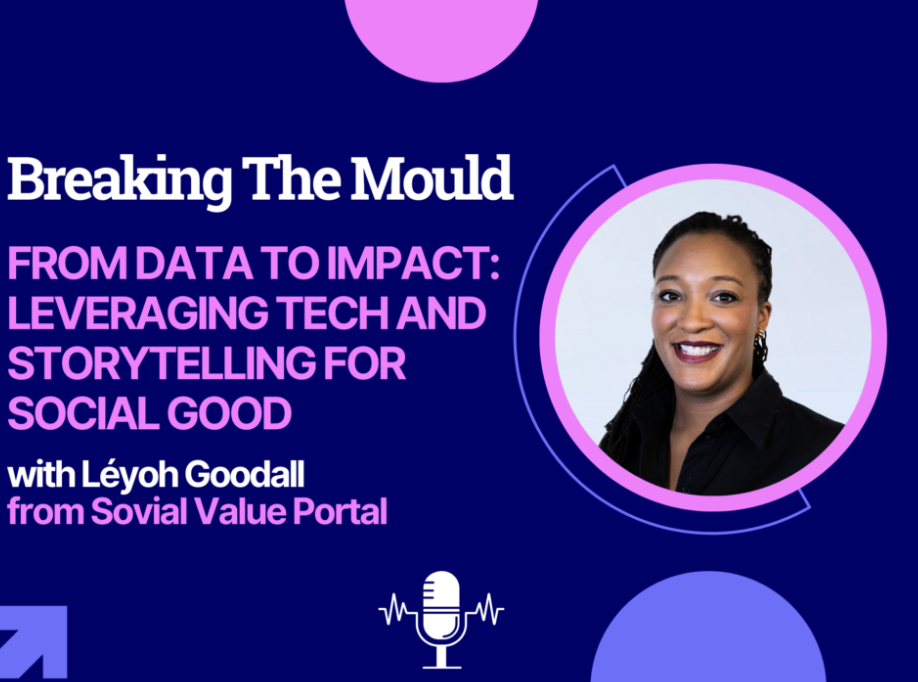Make your community impact visible with outcome-driven reporting that supports ESG and CSR goals.
Social impact reporting is no longer a nice-to-have – it’s a core part of ESG and CSR success, which has risen exponentially in the last 10 years. In fact, The KPMG 2024 Global ESG due diligence study found 71 percent of respondents reported an increase in importance of ESG in transactions over the last 12 to 18 months, but while environmental data continues to mature, the “social” side remains harder to define and even harder to quantify.
The challenge? Demonstrating the real-world difference your business is making in people’s lives, without getting buried in admin.
At ActionFunder, we believe social impact reporting should be simple, meaningful and story-led. We’ve seen how powerful it can be when businesses clearly connect their giving to real outcomes: a grant that puts food on local tables, connects young people with nature or helps neighbours tackle loneliness.
Whether you’re just starting out or refining your approach, this guide breaks down:
- Why social impact reporting matters now more than ever
- What makes a good report
- The 3 essential parts of effective reporting
- How ActionFunder helps you track and showcase social impact in real time
| Term | Focus | Audience |
| Sustainability reporting | How the company impacts people, planet and economy | Stakeholders |
| ESG reporting | How ESG factors affect company performance | Investors |
| CSR reporting | Company-led social/environmental initiatives | Employees & consumers |
Why Social Impact Reporting Matters
Organisations that communicate their social value transparently enjoy stronger stakeholder trust, increased employee engagement, and a clear competitive edge in procurement, investment, and reputation. According to the Edelman Trust Barometer, 88% of institutional investors say companies prioritising ESG initiatives are better long-term bets. The benefits are wide-ranging:
1. Prove your impact
Bring your ESG/CSR strategy to life with real-world data and stories. Strong reporting makes your impact visible and tangible to boards, investors, employees and communities alike.
2. Unlock funding and internal buy-in
Reports packed with compelling outcomes help justify bigger budgets and secure cross-functional support, from execs to HR to marketing.
3. Identify what works
Good reporting uncovers where you’re creating the most impact, and where there’s room to grow. It’s a catalyst for better decision-making and stronger ROI.
4. Avoid purpose-washing backlash
With consumer trust at stake, businesses must back up bold claims with clear evidence. Strong social impact reporting shows you’re walking the talk.
What Makes a Good Social Impact Report?
A great report goes beyond surface-level stats. It ties your efforts to outcomes, tells human stories, and connects to business and community goals. At its core, a strong social impact report:
Identifies what matters most
Before you begin, be sure to identify and include which sustainability topics are most relevant to your business and stakeholders. This could include specific types of beneficiaries and how they benefitted, alignment with UN SDG goals, tangible outcomes your social value projects have achieved.
Provides clear investment summaries
Summarise the investments your business has made in each of the social and community initiatives it’s focused on. Some areas you can highlight include:
- Corporate giving programs: This could include your social investments, charity funds, and employee volunteer programs.
- Diversity and inclusion efforts: Here’s where you talk about representation of historically marginalised groups, board and leadership composition, wage equality across all identities, and supporting minority-led businesses in your supply chain.
- Employee well-being: This section includes things like health care coverage and wellness initiatives, as well as learning and professional development programs.
Output & outcome data
Each initiative you talk about needs at least 2-3 supportive data points that directly correlate to that effort. For corporate giving programs, you might include quantifiable outputs like:
- Total £££ the company gave
- Total number of beneficiaries
- Total number of hours volunteered
- Categories of beneficiaries supported
- Where support was focused geographically
But don’t stop at listing your outputs. What’s really interesting is the change that’s been created through your outputs, or the project outcomes.
To describe the outcomes you’ve achieved you’ll need to capture both quantitative and qualitative data about what impact your outputs have.
Compelling stories
Data can only capture part of the picture. Use stories, images, and quotes to bring to life the real human impact of your contributions.
If employee wellbeing is an area you’re focused on, this could be a video from a company wellness event paired with a few quotes from participants. If community investment is your priority, then include photos and testimonials from the projects you’ve supported.
Designing your content is a key part of telling the story. Make it engaging. Champion the people you’ve supported and the change you’ve helped create.
The 3 Building Blocks of Better Reporting
1. Set impact goals from the start
Don’t wait until year-end to think about reporting. Define what success looks like when designing your programme, every programme should have a clear aim and supporting KPIs.
Use tools like needs analyses and impact forecasting to shape more relevant and measurable programmes from the outset.
We recommend involving the community here. Otherwise, there can sometimes be a mismatch between well-meaning but mistargeted CSR strategies and where the real need is on the ground.
2. Use a reporting framework that fits
There’s no one-size-fits-all for social impact measurement, but here are four tried-and-tested frameworks you can build from:
- National TOMs – Popular for public sector reporting and procurement
- UN Sustainable Development Goals (SDGs) – Global standards with a focus on big-picture change
- B4SI (Business for Societal Impact) – Structured around inputs, outputs, and impacts
- B Impact Assessment – Used by B Corps to assess social and environmental performance
Most organisations mix and match, adapting frameworks to suit their strategy and stakeholders. The key is consistency and clarity.
3. Share your impact
Your social impact report shouldn’t sit in a PDF on a shared drive. Get it out there:
- Create engaging summaries for execs and investors
- Share project stories on social media
- Turn stats into infographics or dashboards
- Showcase regional impact at stakeholder events
- Feed highlights into tender bids and marketing campaigns
Different audiences need different formats: videos, visual summaries, short reports, quote cards. Repurpose content to extend the life and reach of your impact.
This checklist contains 22 ideas on how to communicate your social impact.
ActionFunder’s Approach to Reporting
At ActionFunder, our approach to reporting on community impact is developed off the back of 20 years working with non-profits tackling social and environmental challenges. We’ve transformed impact reporting from a laborious task into a built-in feature of our grant management software.
Reporting needn’t be time consuming and admin heavy. It should happen in real-time, with the data you need delivered in the format you want, creating time for you to focus on tasks that are more enriching for your teams.
Here’s how our reporting sets you up for success:
Quantitative & qualitative data
Capture not just the numbers like funds given and people reached, but also the stories, quotes and photos that show real-world impact.
Multimedia reporting assets
Get downloadable charts, testimonials and visuals you can use across reports, internal decks, or social campaigns.
Customisable dashboards
Drill down by region, theme, SDG, or grantee. See impact across all your projects, or zoom into one.
Outcome-focused
We work with charities to gather both outputs and outcomes from every funded project, with real-time reporting updates.
Plug-and-play data integration
Feed ActionFunder data into external tools like the Social Value Portal, HACT or your own ESG systems.
Localised impact forecasting
Map and forecast where and how you want to create change – right down to postcode level.
The Bottom Line
Social impact reporting shouldn’t feel like a chore. With the right tools, it becomes a driver of change – giving you clarity on your contributions, confidence in your messaging, and a competitive edge across ESG, procurement, and brand.
With ActionFunder, you get more than a reporting tool – you get a built-in storytelling engine for the change you’re making.
Let’s prove your impact – and amplify it.



